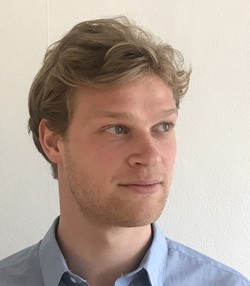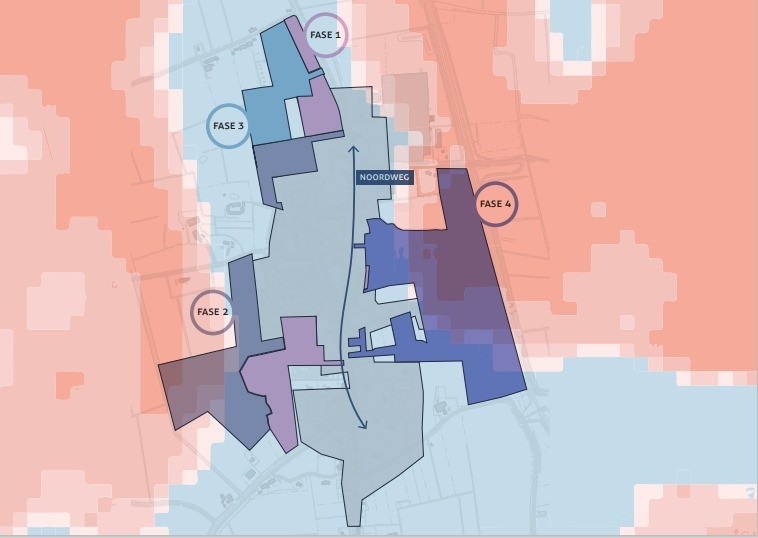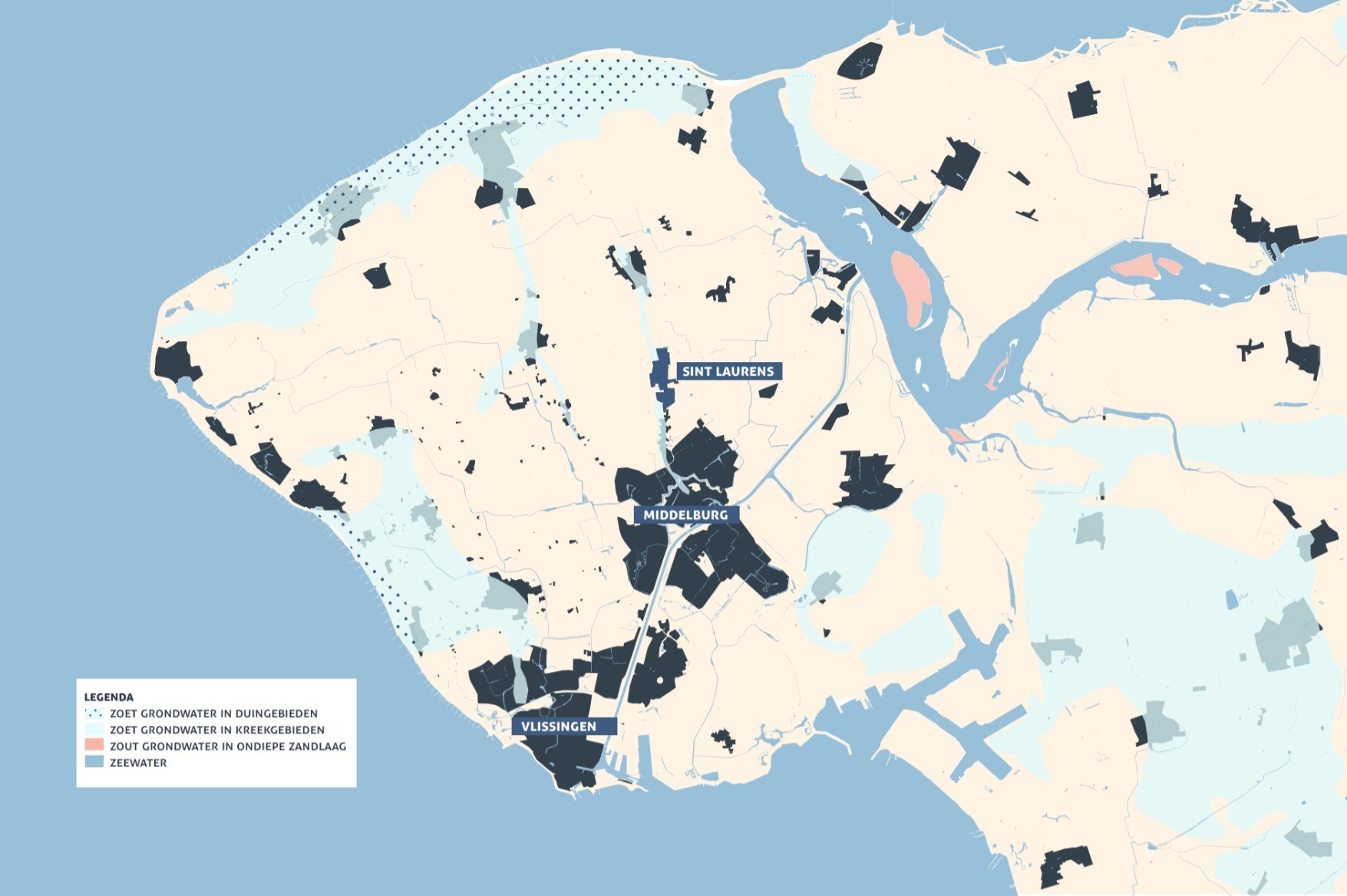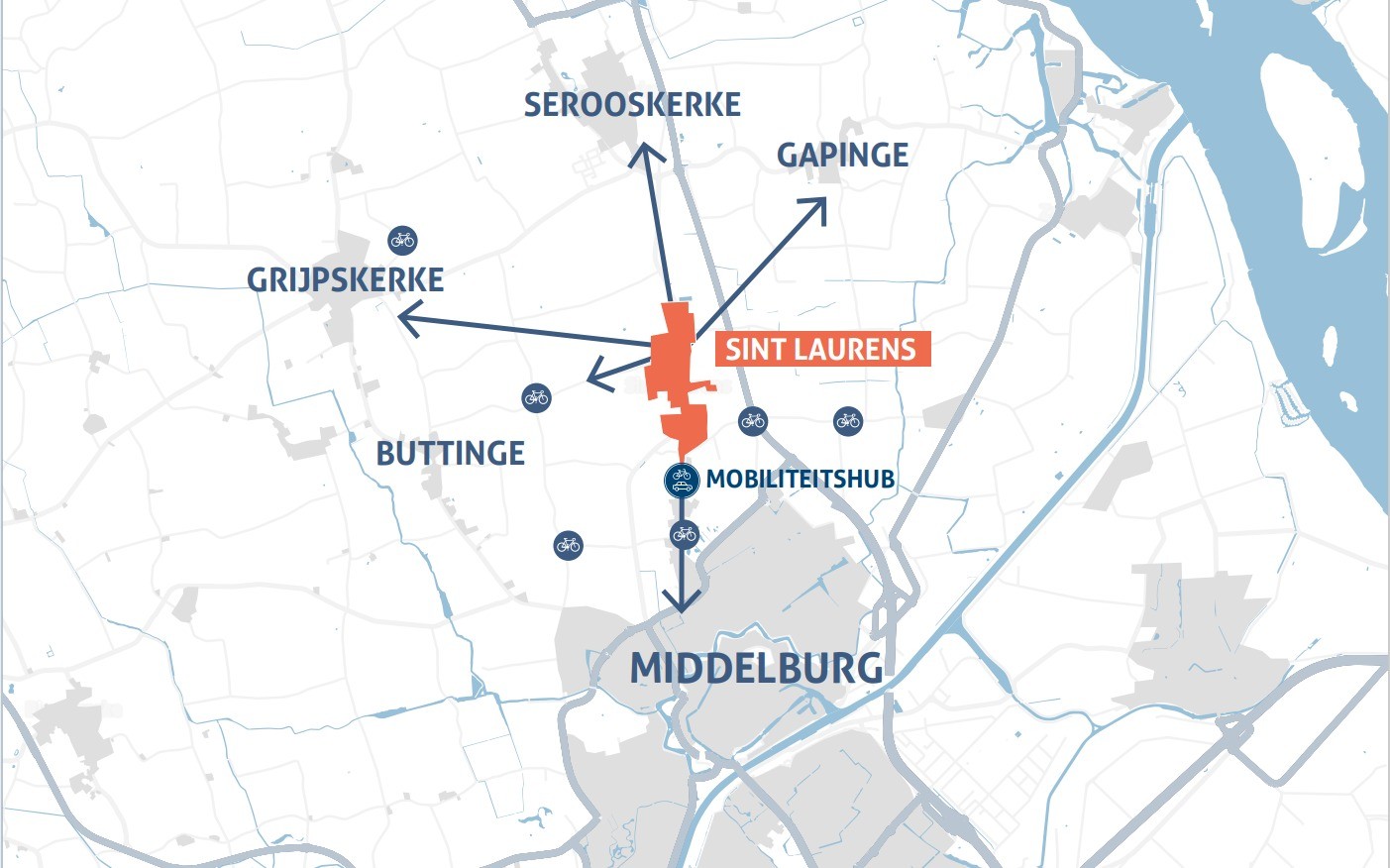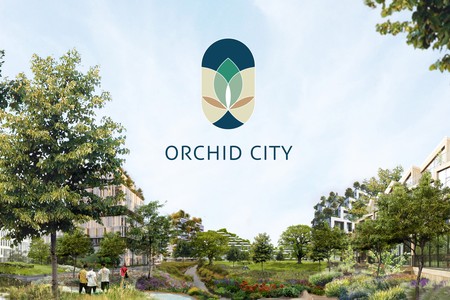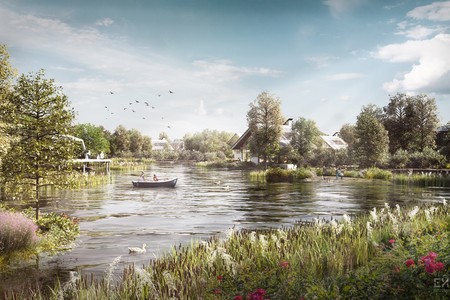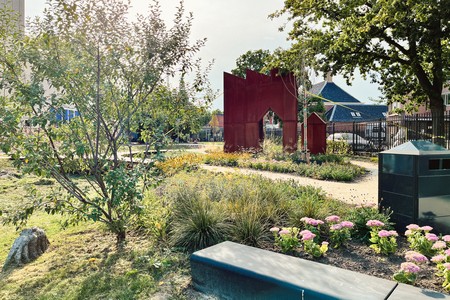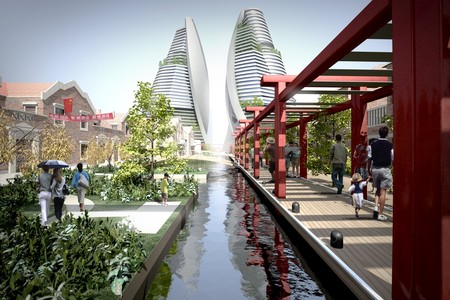-
The project combines existing technologies to connect material flows to ensure circularity. There is no need for expensive innovations, and therefore, the implementation threshold remains low.
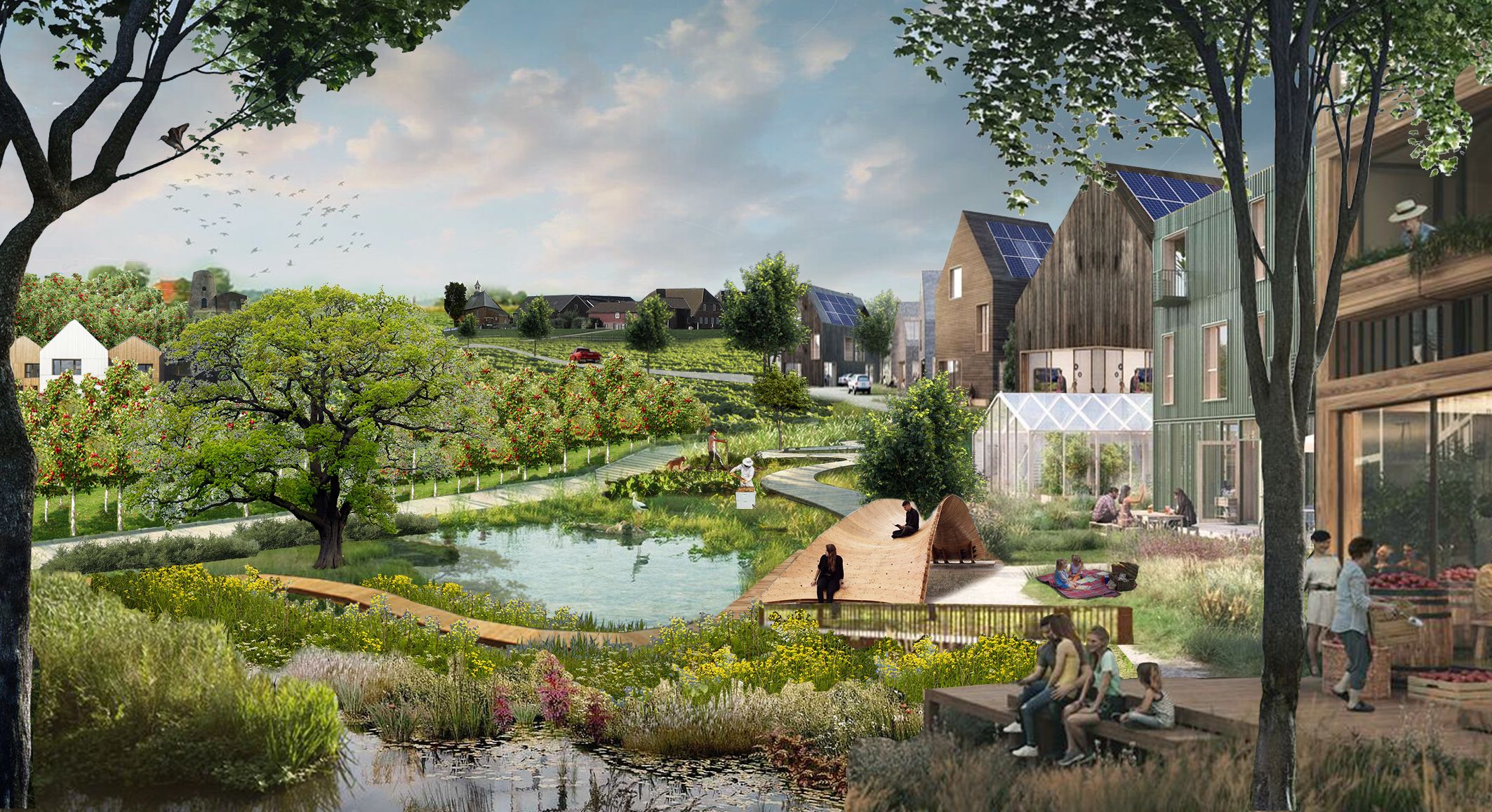
Middelburg Sint Laurens Sustainable Masterplan
Using the Orchid City framework to improve systemic sustainability
May 18, 2022
